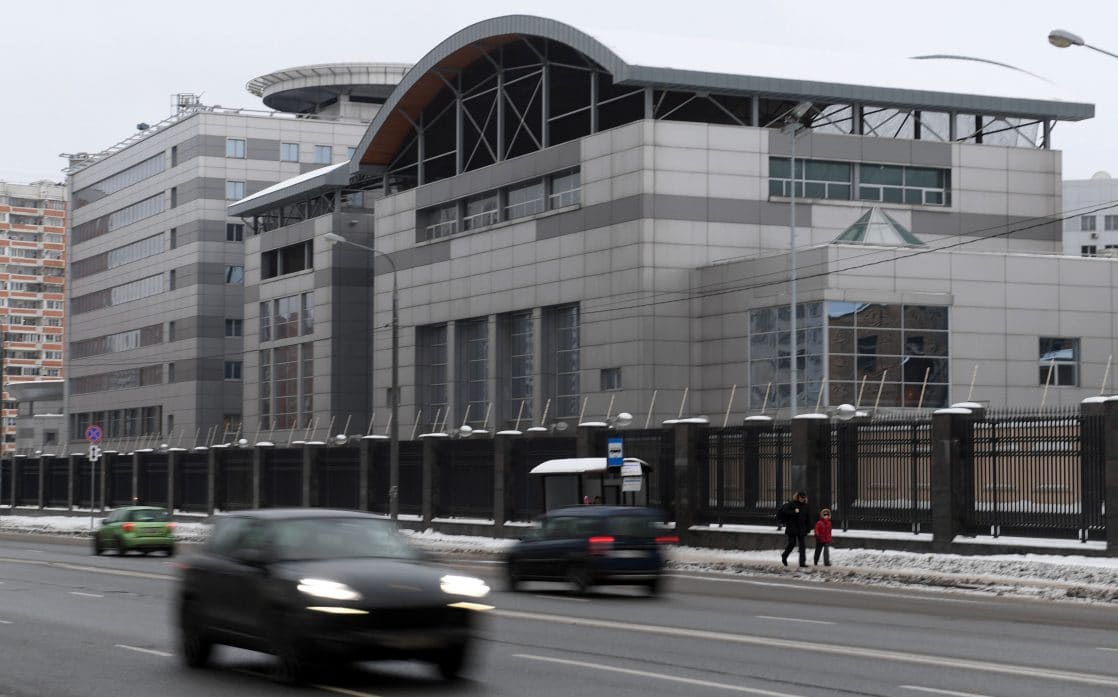
Näin NATO-eversti vakoili liki 30 vuotta Venäjälle | Verkkouutiset
Näin NATO-eversti vakoili liki 30 vuotta Venäjälle | Verkkouutiset
 www.verkkouutiset.fi
www.verkkouutiset.fi
Vaatimattomasti 30-vuotta vuodettu tietoja ja 3-vuoden tuomio.
Follow along with the video below to see how to install our site as a web app on your home screen.
Note: This feature may not be available in some browsers.

 www.verkkouutiset.fi
www.verkkouutiset.fi

Näin NATO-eversti vakoili liki 30 vuotta Venäjälle | Verkkouutiset
Näin NATO-eversti vakoili liki 30 vuotta Venäjälle | Verkkouutisetwww.verkkouutiset.fi
Vaatimattomasti 30-vuotta vuodettu tietoja ja 3-vuoden tuomio.
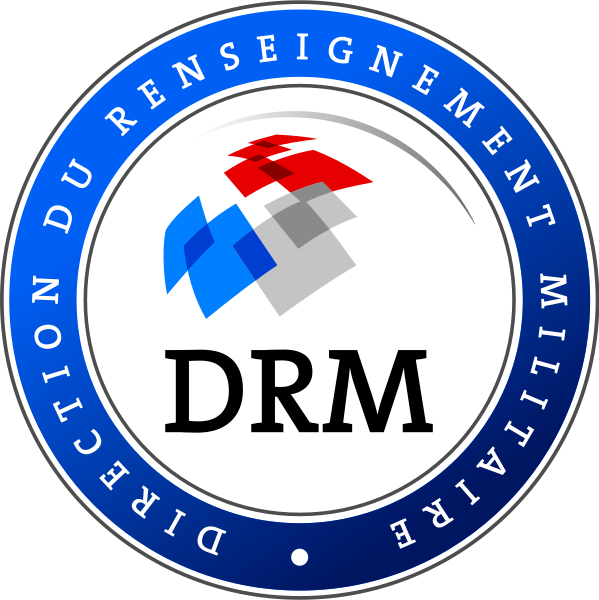
 satelliteobservation.net
satelliteobservation.net

Death By Study For Commercial SAR?
The tiny contract size and its duration of 30 months — the same magnitude as a typical government study contract — was a bit of a shock to industry players.
“I’d call it a VERY minor slow toe dip,” said one company rep, trying to find polite words. At the same time, the source said, “In the words of good parenting, I’m not mad, I’m just disappointed.”
For context, Phase 1 Small Business Innovation Research (SBIR) awards, used regularly by the Defense Department to bolster development of cutting-edge tech by small firms, have a range of $50,000 to $250,000 over six months. Follow-on Phase 2 contracts are generally about for $750,000 over two years.
“My question is, why are we studying this again,” said another frustrated industry source, noting that the capabilities of synthetic aperture radar (SAR) sat companies have been demonstrated not just directly to NRO but also in various Combatant Command and service exercises. “We, the collective we, know what SAR does,” the source said. “So, if we have data that can help inform decision-makers today, why aren’t we getting it to them?”
A perfect example comes from Thursday’s announcement from Capella Space that it has reached a new agreement with the Army to explore the use of firm’s SAR satellite imagery. According to the release, Capella not only received a contract from NRO in 2019, but also over the past year has “signed and maintained contracts with the US Navy, US Air Force, National Geospatial-Intelligence Agency, In-Q-Tel, the Space Development Agency, and the US Space Force to provide on-demand, high-resolution SAR data and analytics.” (Although to be fair, other industry sources note, those contracts are small.)
Capella also took “gold’ for best SAR image resolution in the NGA’s recent “Remote Sensing Olympics” comparing global capabilities of commercial companies.
And Capella is neither the only US SAR sat firm, nor the world’s first commercial SAR sat company looking to sell to the US government and the international market. Canadian company MDA Ltd. has the honor of being the first commercial firm to launch a SAR sat, RadarSat-2, in 2007, and has been selling SAR imagery since that time. And Umbra, another California startup, emerged from stealth mode earlier this summer, pitching itself directly at the US government market.
Finland’s ICEYE, which has a US arm, markets itself as the owner of the world’s first constellation of smallsats using SAR, with 14 birds now on orbit. The tiny company came in first in the NGA mock Olympics for highest revisit rate — that is, how often one of its satellites can return to the same ground target and take an image. The US arm of the multinational European aerospace conglomerate Airbus, Airbus U.S. Space and Defense, also is offering commercial SAR products to US government customers. Airbus is the biggest commercial SAR player in the European market.
To the NRO’s credit, said the disappointed source, part of the reason for the BAA’s small size and long duration is that the spy agency is trying to keep open possible awards to very early startups. For those companies, NRO has to do more extensive evaluation — including to ensure that new sources of data can be integrated with its own complex computer networks and top secret data. Still, the source noted, the solicitation could have been shaped into phases that would have allowed NRO to buy available imagery now, and wrap in new providers at a later time.
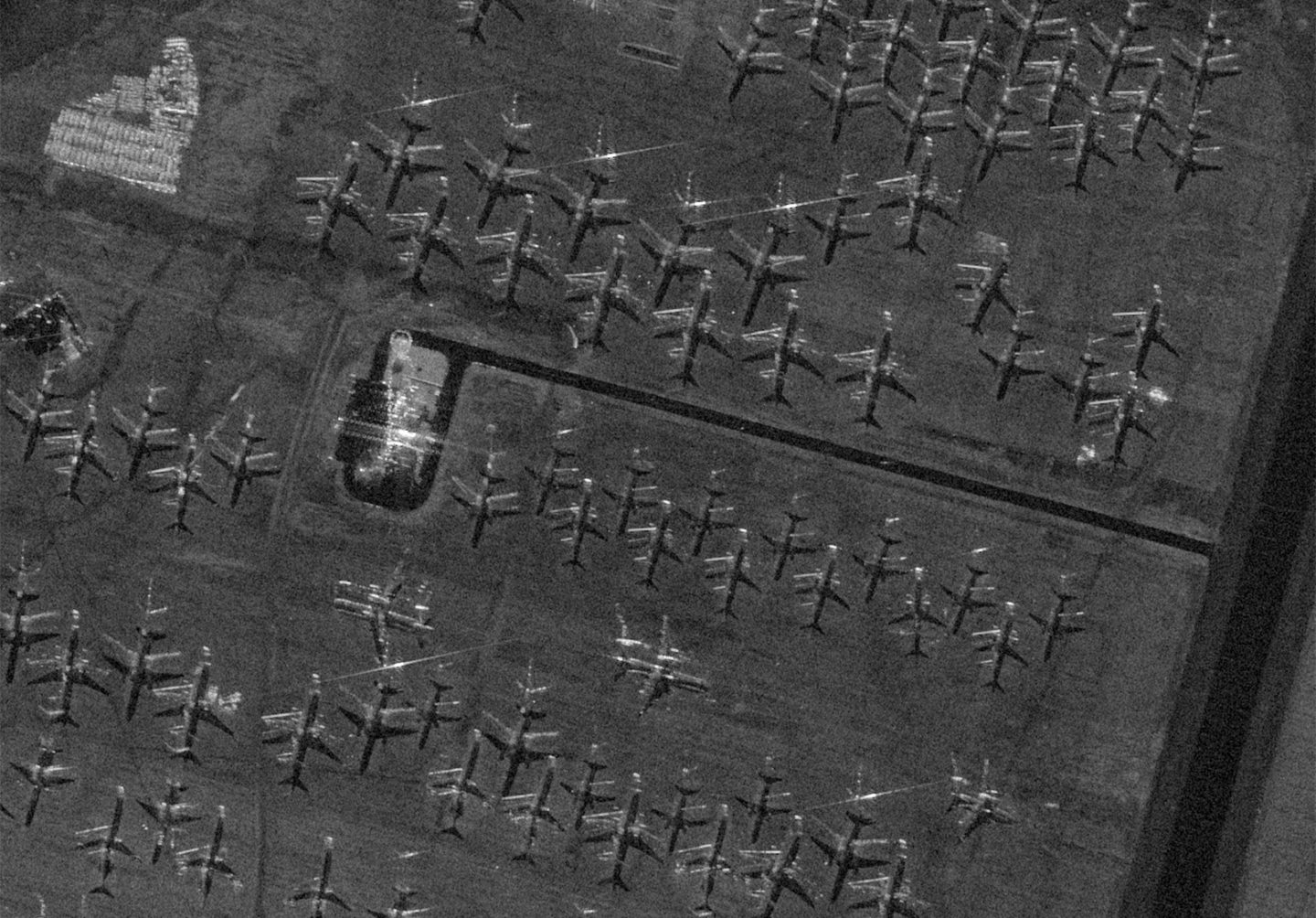
Siis aivan naurettava tuomio. Monissa maissa tuosta saa kuulan kalloon.
Näin NATO-eversti vakoili liki 30 vuotta Venäjälle | Verkkouutiset
Näin NATO-eversti vakoili liki 30 vuotta Venäjälle | Verkkouutisetwww.verkkouutiset.fi
Vaatimattomasti 30-vuotta vuodettu tietoja ja 3-vuoden tuomio.
‘Tip of the iceberg’: rise in Russian spying activity alarms European capitalsAustria is a “veritable aircraft carrier” of covert Russian activity, said another. Its BFV intelligence agency is regarded as being so compromised that for a time it was cut out of much European intelligence sharing activity, according to one Vienna-based European diplomat. The country’s defence ministry is “practically a department of the GRU”, the diplomat added.
After Vienna and Budapest, the town of Hévíz may indeed play a prominent role in Russian intelligence activities. This development has been noticeable for 25 years now, with the Russians buying up a number of properties and creating a major tourist centre for their citizens.

 dailynewshungary.com
dailynewshungary.com
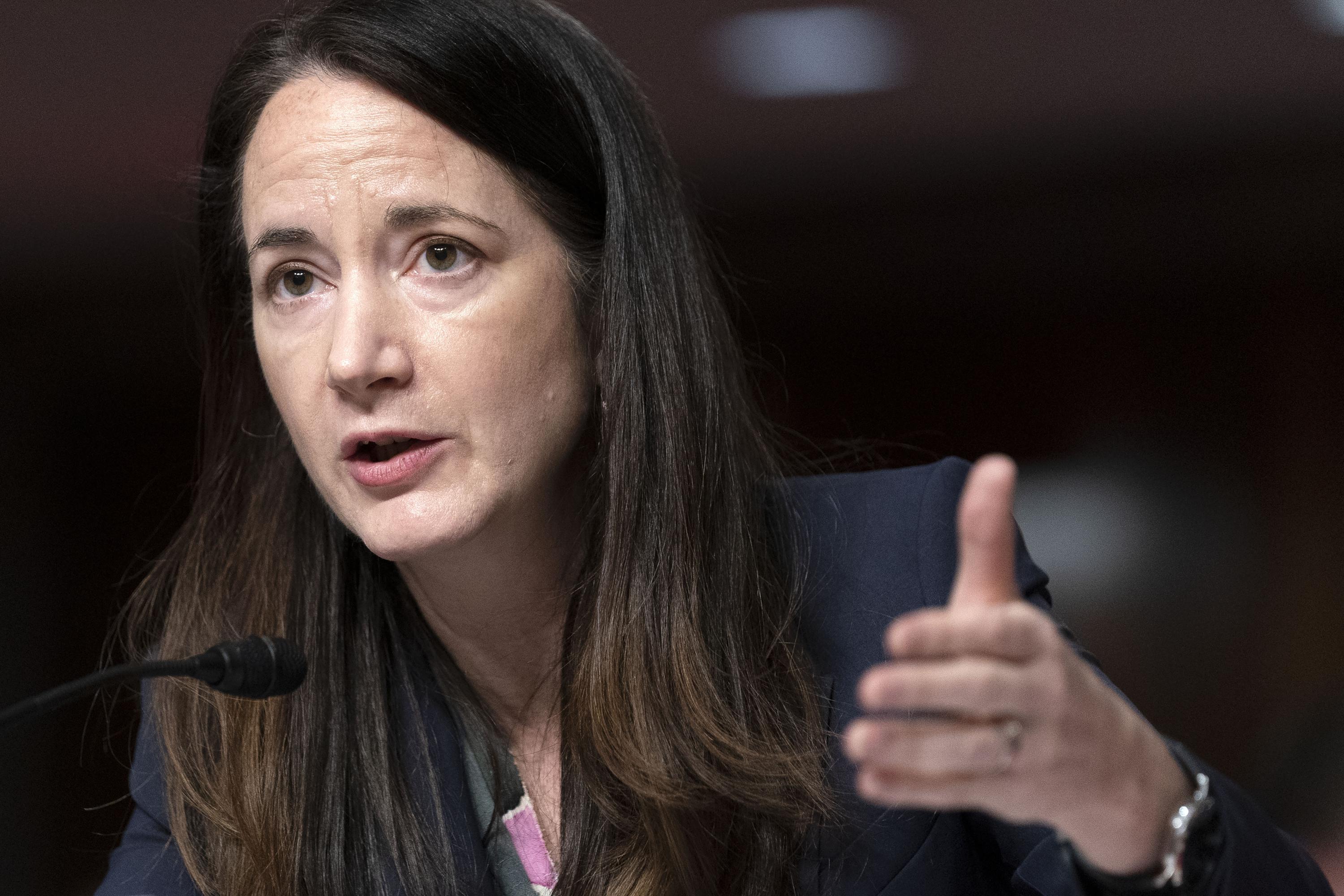
Ja lisää. Mm. Vakoileva aviopari.Ruotsissa myyriä.
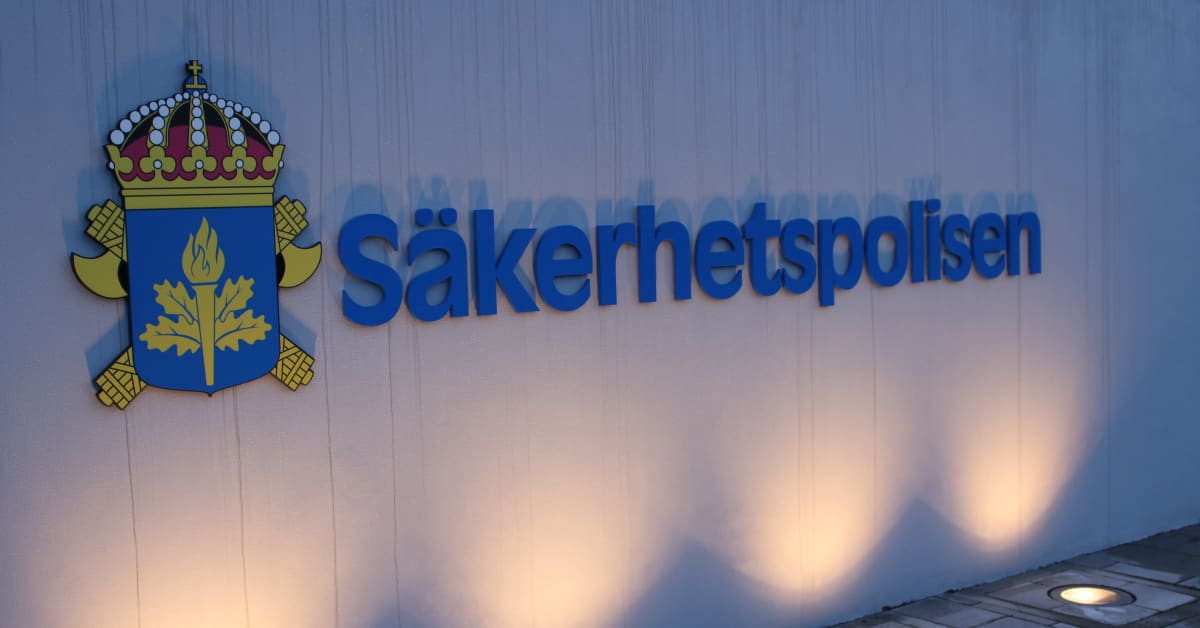
Ruotsissa veljeksille syytteet törkeästä vakoilusta Venäjän sotilastiedustelulle – Syyttäjä: ”Myyrä Säpon ja puolustusvoimien sisällä”
Miesten epäillään vuotaneen tietoja muun muassa Säposta ja Ruotsin puolustusvoimista jopa kymmenen vuoden ajan, kertoo SVT.yle.fi
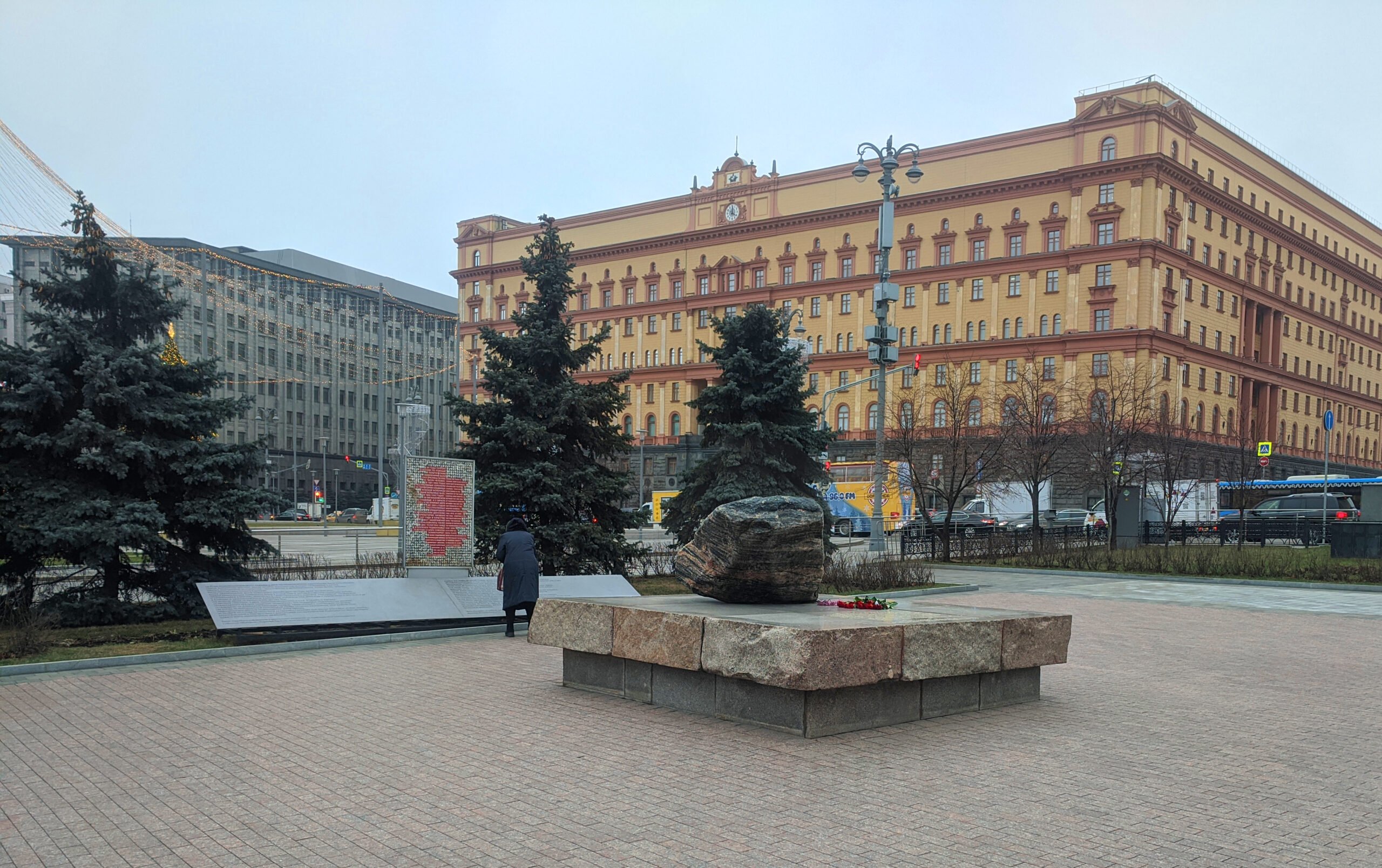
 www.verkkouutiset.fi
www.verkkouutiset.fi
